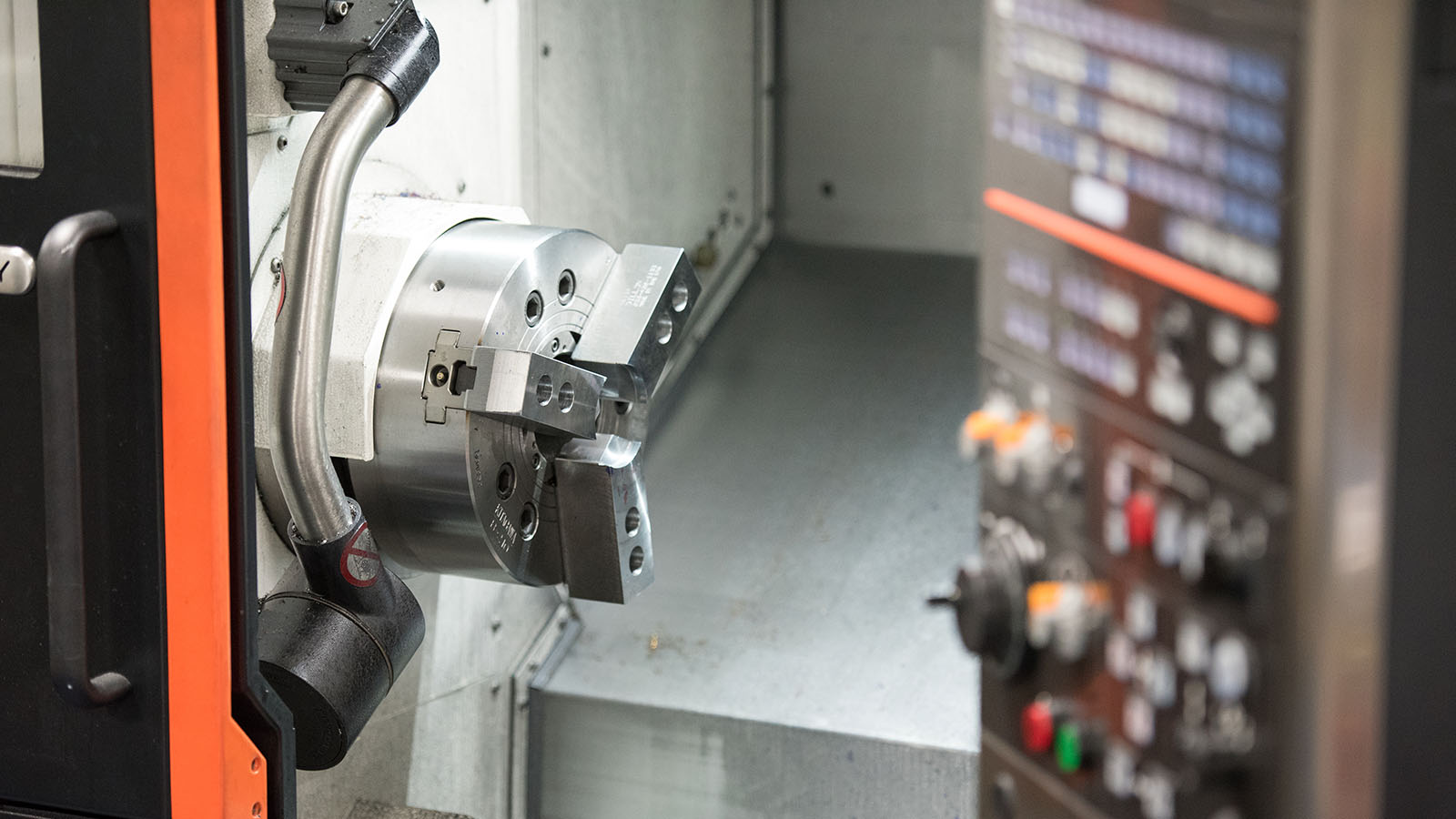Different CNC machining processes will leave different machining surface finishes. Leaving those surface finishes as they are is the most cost-effective and straightforward. However, there are other surface finishes available like bead blasting and polishing that may achieve a more desired look. Machined surfaces can also be modified with coatings to increase surface hardness, increase lubricity, and provide corrosion resistance. Below is an overview of the various surface finishes and coatings that can be utilized with CNC machined parts.
Machining Surface Finish Chart
The chart below shows some standard CNC operations and what range of machining surface finishes (in RMS) can be expected. Note that smoother surface finishes are possible without changing the operation but may require different tooling and extended machine time (higher cost).

Benefits and Limitations of Surface Finishes
Machining surface finishes play a pivotal role in determining the functionality, aesthetics, and performance of machined components. While smoother surface finishes often exude a sense of precision and quality, they may not always be the optimal choice for every application. Rougher finishes, characterized by higher RMS values, can enhance grip, promote paint adhesion, and facilitate heat dissipation in certain mechanical and industrial settings. Conversely, achieving ultra-smooth finishes may require meticulous machining processes, resulting in increased production time and costs. It is essential for designers and manufacturers to carefully evaluate the specific requirements of each application, considering factors such as environmental conditions, functional requirements, and aesthetic preferences, to determine the most suitable surface finish that strikes a balance between performance, cost-effectiveness, and desired outcomes.
Surface Finishes & Coatings
Bead Blast
Bead blasting is a manual process of applying small glass beads under high pressure to the surface of a component. The beads cause a light texturizing that does not damage the component; instead, it creates a matte type texture. Depending on how detailed the part is and if it requires isolated texturing, bead blasting may or may not have an effect on component cost.
Polished Surfaces
Polishing surfaces can either be done by hand or by utilizing various types of machine polishing equipment. Basilius can provide hand polish surfaces to your specification or a barrel finish. The barrel finish type polishing is done by using a centrifugal finisher. The finishing equipment provides an isotropic finish, meaning that the surface will be consistent on all sides of the part.
Powder Coat
Powder coating is the process of applying powder-type paint to a component and then baking the paint onto the part. According to the Powder Coating Institute, it represents over 15% of the whole industrial finishing market. There are several options for powder coating, from color choice to texture. When designing a part, it is essential to keep in mind that powder coating adds paint to the surface of a part and will not provide an accurate surface like CNC operations. Critical areas can be masked off during the powder coating process in order to avoid critical dimension areas.
Anodizing
Anodizing is a corrosion and, if specified, wear-resistant coating. It is most commonly associated with aluminum parts and comes in a broad array of colors. Anodizing tends to be slightly transparent, so it may be important to consider the CNC machine marks underneath. The anodized “layer” is consistent and thin (less than .002 inches thick). You will want to consider this when tolerizing your components.
Other Coatings
There are several different alternative coating options that provide rust prevention, corrosion resistance, lubricity, surface hardness, and so on. We do not offer in-house coating surfaces. However, we do leverage a network of reliable suppliers for these coatings to assist our clients in the completion of their projects.
Looking for more information on CNC machining? Check out our robust guide, Designing for CNC Machining. It provides details on the design process, product simplification, material choice, surface finishes, and even has some tips and tricks to save you time and money.


